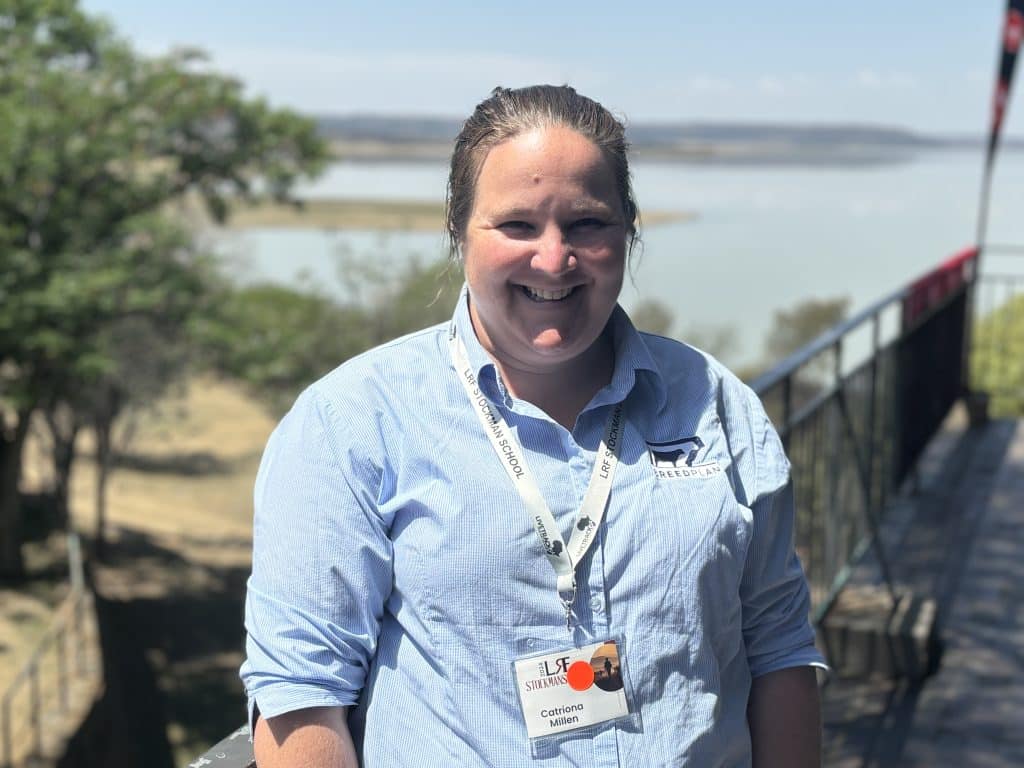Estimated reading time: 3 minutes
Breeding, drought feeding, and genomics took centre stage at the first session of the second day of the LRF Stockman School at Aldam in the Free State.
Erin Graham, Molatek’s technical manager, spoke about the basics of drought management. “In South Africa the next drought is always on its way. So, make sure you are mastering the basics! Being a resilient stockman is about bouncing back from difficulties. Having a strong grasp of the basics ensures that when challenges arise, you have a reliable foundation, making recovery and adaptation smoother.”

“Proper record-keeping is critical to monitor veld”, Graham said. “Photo-keeping is a helpful practical tool. Take a picture of your veld every season (winter, summer, spring, autumn) and keep rainfall records. It will help your planning immensely.”
Record-keeping also enables producers to distinguish between the productive and quality animals that need to be retained and the unproductive animals that should be disposed of.
“I’d always advise producers to sell animals too early, rather than too late. You want to sell when you are still in the position to make the decision, rather than holding on too long and somebody else makes the decision for you,” Graham said, adding that most farmers tend to hold on too long before selling animals.
Producers also need to ensure that they have adequate shade available for their animals. “We often underestimate the impact of shade or heat stress on animals,” Graham said. Shade leads to less heat stress, a lower core temperature, a lesser need to drink water and improved feed intake and improves the animal’s overall wellbeing.
Improved DNA testing
Catriona Millen, extension and technical consultant at the Agricultural Business Research Institute (ABRI), spoke about the benefits of using single-step BREEDPLAN to analyse pedigree, performance and genomic information simultaneously through DNA testing.

Through this new technology beef producers are now able to verify an animal’s parentage, manage genetic conditions, manage qualitative traits as well as using DNA sampling in genetic evaluation. All of this can be done by simply taking a sample (tissue, hair or semen) and sending it to a genotyping laboratory.
Currently there are 17 different single-step BREEDPLAN analyses available. Three of these include breeds across Southern Africa. The Hereford analyses were implemented in October 2017, the Brahman analyses were implemented in November 2023 and the Limousin analyses became functional in November 2023.
Millen said this system is delivering great results for producers, because even animals – where no data is known – can now be tested and give reliable information of what one could expect of the animal’s progeny.
“However, performance recording (phenotypes) remains critical in this genomics era”, Millen added. “The reason for this is the fact that performance data will be the way in which genotypes’ success or failure would be measured.” – Susan Marais, Plaas Media





